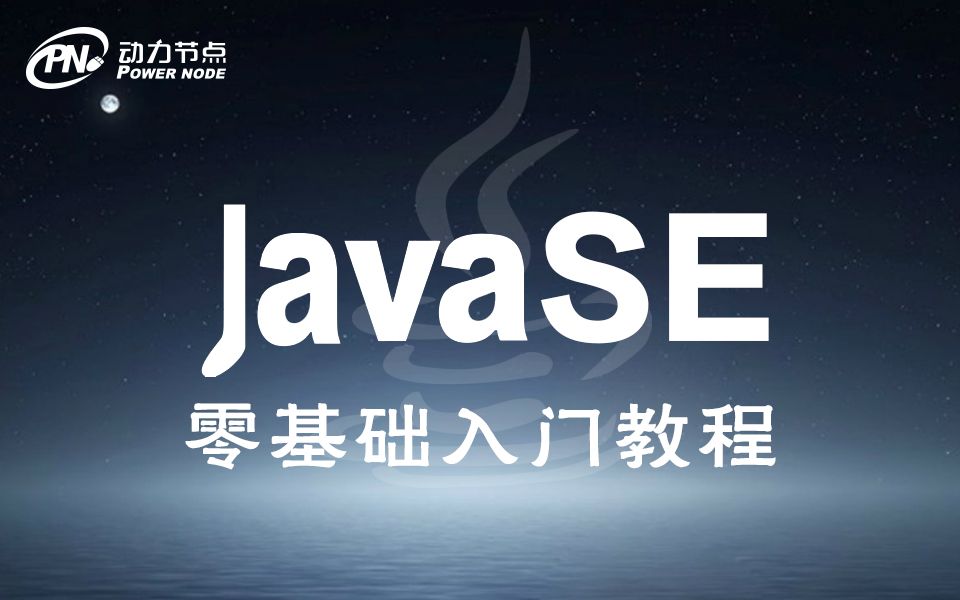Java多线程编程概述
Java多线程的安全问题
Java多线程同步
- Java多线程同步机制简介
- Java多线程锁
- Java多线程同步代码块Synchronized
- Java多线程同步方法
- Java多线程脏读
- Java多线程出现异常会自动释放锁
- Java多线程死锁
- Java volatile关键字的作用
- Java多线程之volatile非原子性
- Java原子类自增自减操作
- Java CAS多线程
- Java原子变量
Java多线程间的通信
Java线程Lock
- Java中锁的可重入性
- Java ReentrantLock使用
- ReentrantLock可重入性
- Java多线程:lockInterruptibly()方法
- Java多线程:tryLock()方法
- Java多线程:newCondition()方法
- Java公平锁与非公平锁
- Lock锁的常用方法
- Java多线程读写锁
Java多线程管理
- Java线程组
- Java多线程捕获异常处理
- Hook钩子线程注入
- Java线程池是什么
- 多线程JDK线程池
- Java线程池的底层实现
- Java线程池的拒绝策略
- Java线程池ThreadFactory
- Java监控线程池
- Java线程池扩展
- Java线程池的大小与线程池死锁
- Java线程池异常处理
- Java ForkJoinPool线程池
保障线程安全的设计技术
Java锁的优化及注意事项
Java多线程集合
【Java多线程】单例模式与多线程
多线程JDK线程池
JDK提供了一套Executor框架,可以帮助开发人员有效的使用线程池。

package com.wkcto.threadpool;
import java.util.concurrent.ExecutorService;
import java.util.concurrent.Executors;
/**
* 线程池的基本使用
*/
public class Test01 {
public static void main(String[] args) {
//创建有5个线程大小的线程池,
ExecutorService fixedThreadPool = Executors.newFixedThreadPool(5);
//向线程池中提交18个任务,这18个任务存储到线程池的阻塞队列中, 线程池中这5个线程就从阻塞队列中取任务执行
for (int i = 0; i < 18; i++) {
fixedThreadPool.execute(new Runnable() {
@Override
public void run() {
System.out.println(Thread.currentThread().getId() + " 编号的任务在执行任务,开始时间: " + System.currentTimeMillis());
try {
Thread.sleep(3000); //模拟任务执行时长
} catch (InterruptedException e) {
e.printStackTrace();
}
}
});
}
}
}
package com.wkcto.threadpool;
import java.util.concurrent.Executors;
import java.util.concurrent.ScheduledExecutorService;
import java.util.concurrent.TimeUnit;
/**
* 线程池的计划任务
*/
public class Test02 {
public static void main(String[] args) {
//创建一个有调度功能的线程池
ScheduledExecutorService scheduledExecutorService = Executors.newScheduledThreadPool(10);
//在延迟2秒后执行任务, schedule( Runnable任务, 延迟时长, 时间单位)
scheduledExecutorService.schedule(new Runnable() {
@Override
public void run() {
System.out.println(Thread.currentThread().getId() + " -- " + System.currentTimeMillis() );
}
}, 2, TimeUnit.SECONDS);
//以固定的频率执行任务,开启任务的时间是固定的, 在3秒后执行任务,以后每隔5秒重新执行一次
/* scheduledExecutorService.scheduleAtFixedRate(new Runnable() {
@Override
public void run() {
System.out.println(Thread.currentThread().getId() + "----在固定频率开启任务---" + System.currentTimeMillis());
try {
TimeUnit.SECONDS.sleep(3); //睡眠模拟任务执行时间 ,如果任务执行时长超过了时间间隔,则任务完成后立即开启下个任务
} catch (InterruptedException e) {
e.printStackTrace();
}
}
}, 3, 2, TimeUnit.SECONDS);*/
//在上次任务结束后,在固定延迟后再次执行该任务,不管执行任务耗时多长,总是在任务结束后的2秒再次开启新的任务
scheduledExecutorService.scheduleWithFixedDelay(new Runnable() {
@Override
public void run() {
System.out.println(Thread.currentThread().getId() + "----在固定频率开启任务---" + System.currentTimeMillis());
try {
TimeUnit.SECONDS.sleep(3); //睡眠模拟任务执行时间 ,如果任务执行时长超过了时间间隔,则任务完成后立即开启下个任务
} catch (InterruptedException e) {
e.printStackTrace();
}
}
}, 3, 2, TimeUnit.SECONDS);
}
}





